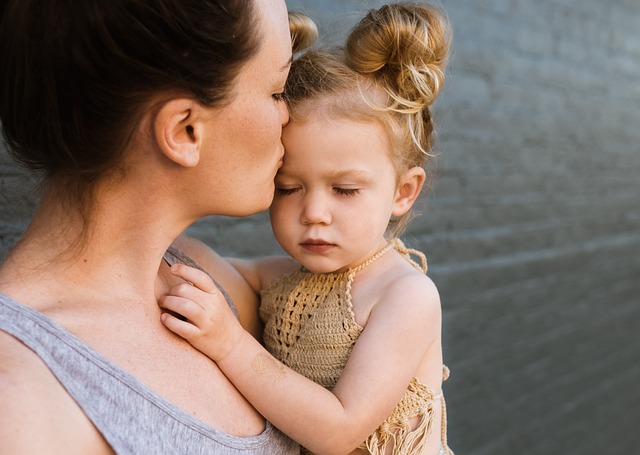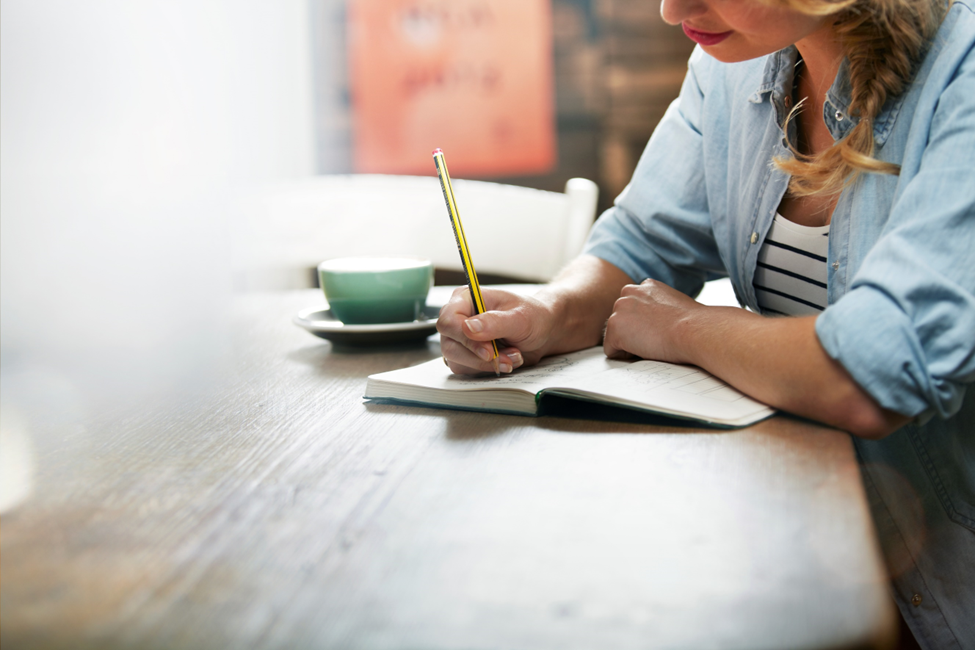Whether you’re a working parent who has to take a business trip or just going on a vacation without your children, being away from them can be tough! Thankfully, there are things you can do to prepare for yourself and your children to help make it easier on everyone.
Last week, I had an opportunity to attend a retreat with my Family & Consumer Science colleagues that involved being away from my two children for two nights. As they get a little older, (5 and 3 years old) it is a little easier for me to leave them with dad for a few nights, but can be more difficult for them. When they were babies they didn’t quite understand if I was gone for a night or two, but now that they are getting older they are more aware of time and like to have our familiar routine that involves both mom and dad. Thanks to help from my husband and other family members, my kids did just fine without me (though I was missing them like crazy!)
Here are some things I did to prepare us all for this trip that you can try too:
- Tell them the plan: Kids thrive on predictability in their routine, it helps them feel more secure. Start by telling them how their routine may look different while you’re gone. Visually show them on a calendar that you’ll be leaving on this day and returning on this day. Explain what the night time routine might look like. For us, I said, “Daddy will be putting you to bed for two nights.”
- Special item: Pick a stuffed animal they already have, a t-shirt, photo, or something that reminds them of you and tell them when you’re gone, they can squeeze that item when they’re missing you.
- Make a paper chain countdown: My kids loved this while I was gone! Make a paper chain by cutting strips of paper and taping or stapling them together for the amount of days you’ll be gone. Write a note on each strip of paper that they can read (or a caregiver can read to them) while you are away.
- Make time to check-in: If your trip allows, make time to check in with your kids through pictures, phone calls, facetime, etc. For younger children, this could make them more upset as they may now be more aware that you’re gone. Use your best judgement on how your children will respond and if they would benefit from a video check in.
- Reconnect when you get home: Make special time to reconnect when you return from traveling. Try to make 1 on 1 time with your kids if possible! Even if it is just ten minutes a day, there are numerous benefits to spending quality 1 on 1 time with your child.
Being away from our children can be a challenge for both parents and kids even when it’s something we want to do! As a parent, I am still learning every day about work-life balance and how to achieve my goals in my career while not missing time with my kids. Preparing ourselves can be just as important as preparing our kids for when we travel. The more prepared we all are, the easier it will be for everyone when the next trip comes up!
Written By: Erin Ruggiero, Family and Consumer Sciences Educator, Ohio State University Extension Medina County, ruggiero.46@osu.edu
Reviewed by: Shannon Carter, Family and Consumer Sciences Educator, Ohio State University Extension Fairfield County, carter.413@osu.edu
References:
Peaceful Parent Institute: https://www.peacefulparent.com/quality-one-on-one-time-with-your-child-fills-their-emotional-cup/
The Importance of Routines for Kids













